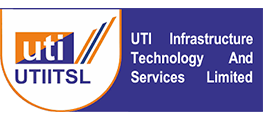What is a Challan?
In simple words, a challan may be a document issued to a automobile driver on violating the traffic rules and regulations. If a traffic challan is issued under your name, you’re susceptible to pay the fee counting on the offence committed as per the automobiles Act, 1988. The traffic police are given the proper to issue a challan to a driver who isn’t following the traffic rules while driving.
What is E-Challan?
An e-challan is an electronically generated challan document that’s issued with the assistance of Electronic Challan System. E-challan is an initiative provided by the govt of India with an aim to enhance its services and ensure transparency. With the concept of digitalization, traffic violators can now pay e-challan online or offline, counting on the service provided by their state or city. E-challan process has negated the bribing process and has eliminated the utilization of any cash transactions.
Traffic cops are now given swiping machines that enable them to get a printed challan on the spot once they catch hold of a traffic violator. The e-challan generated also makes a real-time entry within the traffic police server. This service of using the hand-held machine makes the challan paying process easier because the fine is collected on the spot. The violator is then issued a proper print stating the payment of the fine received.
Today the automobiles Department of the many states and cities have enabled the MTP CCTV Challan system with the assistance of CCTV cameras. CCTV cameras are deployed on roads that continuously record the footage of the continued traffic. If a private is found guilty of violating any traffic rule, then the police will take captures of the offence from the CCTV and register an equivalent in their records. Details like name, address, contact details, make and model of the vehicle of the traffic violator is obtained from the RTO. As soon because the details are received, an SMS is shipped to the violator informing him about the offence committed and therefore the fee of an equivalent.
OUR PARTNER





